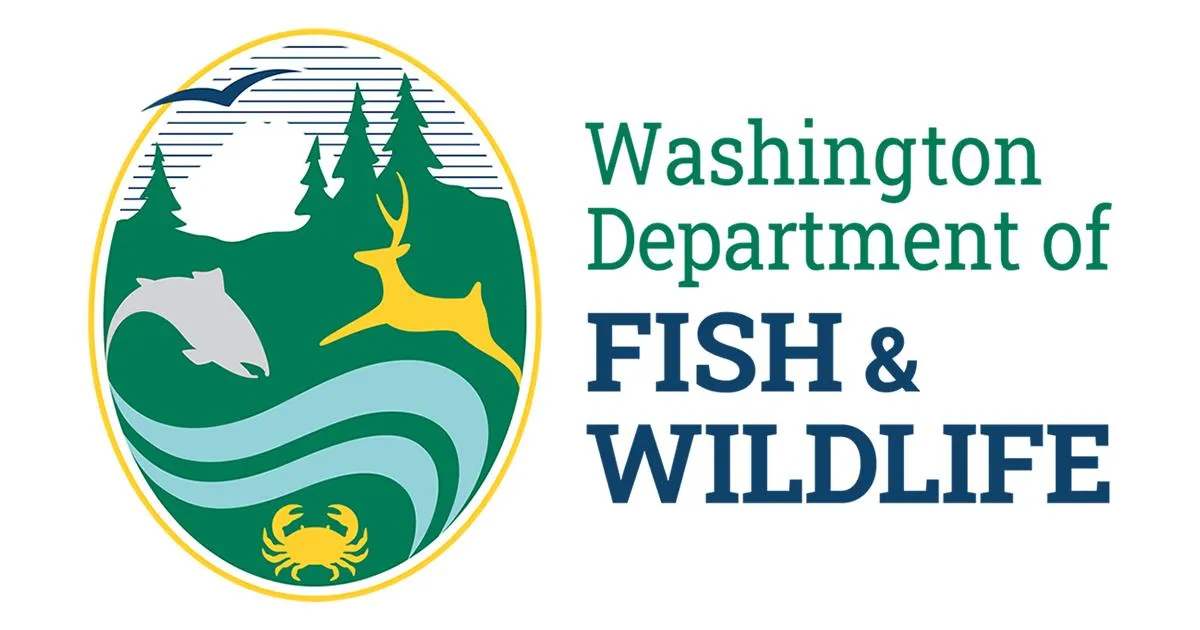
In a significant move to protect wildlife, Washington Department of Fish and Wildlife (WDFW) Director Kelly Susewind has approved a series of proposed rules aimed at limiting the spread of chronic wasting disease (CWD) within the state. These measures are crucial for safeguarding the health of deer, elk, and moose, commonly referred to as cervids, which are susceptible to this fatal neurological illness.
The newly approved regulations include strict guidelines concerning the transportation of harvested cervids within Washington and the importation of cervid meat and parts into the state. By prohibiting the movement of parts from harvested animals that may harbor the contagious prions responsible for CWD, these rules significantly reduce the risk of spreading the disease. Additionally, the use of scent lures derived from cervid urine or glandular materials, which can also potentially contain these prions, has been restricted.
One of the most impactful decisions made by Director Susewind is the statewide ban on feeding deer, elk, and moose. This prohibition includes baiting while hunting and is designed to limit the congregation of wildlife in specific areas, thereby reducing the transmission of CWD. While CWD has only been detected in WDFW’s Eastern Region to date, these preventive measures aim to thwart potential outbreaks before they can spread to other populations across Washington.
Another critical aspect of the new regulations is the implementation of mandatory testing for CWD in harvested and salvaged cervids in any WDFW region where the disease has been detected. This testing is essential, as it allows WDFW to monitor the extent of the outbreak effectively. By analyzing lymph nodes in the heads of carcasses, the agency can determine which species and areas are impacted, enabling a more coordinated and efficient response to the disease.
Chronic wasting disease is a fatal neurological illness caused by an infectious prion protein. It is transmitted between cervids through feces, saliva, urine, and contaminated environments. Unfortunately, there is currently no cure or preventative treatment for CWD. The disease was first identified in Washington in 2024, prompting WDFW to activate its proactive CWD Management Plan to address this emerging threat.
The Washington Department of Fish and Wildlife is dedicated to the preservation, protection, and perpetuation of fish, wildlife, and ecosystems. This commitment includes providing sustainable recreational and commercial opportunities for the public. For more information on the latest CWD rules and guidelines, please visit WDFW’s official CWD webpage.
By implementing these comprehensive regulations, WDFW aims to protect the health of Washington's wildlife and ensure the sustainability of cervid populations for future generations.